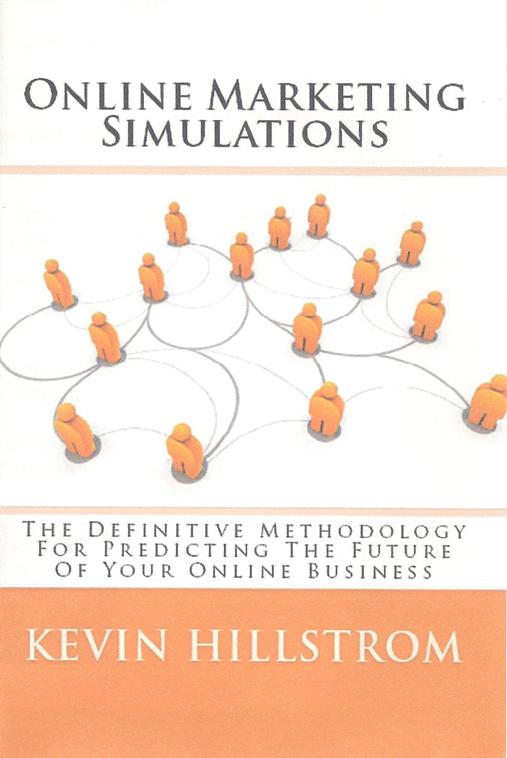I'm sometimes criticized by the e-mail marketing community for my belief that e-mail marketing is essentially "free". This audience points out that it takes human beings to create e-mail marketing campaigns, and those human beings cost money.
This audience is correct --- it does take human beings to create e-mail marketing campaigns, and it costs money to pay those human beings to execute the campaigns. Please be advised, however, that all forms of marketing have fixed costs, costs proportionate to the effort to produce marketing.
Sometimes, however, we miss the subtle difference between fixed and variable costs. This subtle difference causes other forms of marketing to be far more productive than e-mail marketing is.
Fixed costs are expenses that do not change, regardless whether you execute one or a hundred or ten million of some activity. Your $54,000 a year e-mail marketing manager gets paid that sum of money, regardless whether the e-mail marketing list grows by one percent or ten percent. Your computer, or the chair you sit in in your office, are fixed costs.
Variable costs are expenses that change as you increase or decrease marketing activity. This is where e-mail marketing is fundamentally different from most forms of marketing. When you send one catalog, you spend maybe $0.75. When you send a million catalogs, you spend $750,000. Now you have e-mail, where it costs maybe $0.003 to send one e-mail message. When you send a million e-mail messages, you spend $3,000. See the difference? There is essentially no variable cost to e-mail marketing.
This is great, because it makes e-mail marketing affordable for anybody.
This is terrible, because it creates a giant disincentive to ever make e-mail a viable sales generation tool.
In 2008, the average cataloger might generate $3,000,000 demand if a million catalogs are mailed.
In 2008, the average e-mail marketer at a catalog brand might generate $400,000 demand if a million e-mail marketing messages are delivered. Yuk!
When it costs a significant fee to do something, you work very carefully to make sure that you've done everything right (aka "best practices"), so that you get a suitable return on investment. When something is close to free (aka e-mail marketing, on a variable cost basis), the discipline is different --- not bad, but different.
The best thing that could ever happen to e-mail marketing would be some sort of tax, a fee placed on each e-mail marketing message delivered to a customer.
Let's say there was a five cent tax placed on every e-mail message sent to a customer, with the tax going to fund prosecution of spammers and for development of inexpensive nationwide high-speed wi-fi access (I know, I'm nuts, but play along).
As marketers, would we not completely re-think every e-mail marketing campaign we execute? Would we not develop more complex segmentation strategies, or implement statistical ranking models? Would we not develop numerous versions of each campaign, with targeted merchandise assorted for audiences that buy that merchandise? Would we not explore trigger-based campaigns more thoroughly? Would we not carefully study response to every link, or understand the relationship between response and heat maps? Would we not measure profit, instead of measuring metrics like open rates and click-through rates? Would we not integrate all of your systems to properly understand the impact of e-mail across channels? Would we not execute mail and holdout tests?
Variable costs completely change how we look at the business. Until recently, direct marketing was all about variable costs --- the brands that were most profitable executed flawlessly, and knew exactly how to manage variable costs.
Now, direct marketing is a hybrid of fixed and variable costs. Websites have a fixed component, catalogs are often highly variable in nature. E-mail marketing is generally a fixed-cost business. E-mail marketing could be so much better if it had a significant variable component --- variable costs demand discipline.
And by the way, it is the same lack of a variable cost component that is killing social media. Without an apparent variable cost for each post, or each comment, or each interaction, the overall quality of the discipline suffers.
Labels: E-Mail Marketing















